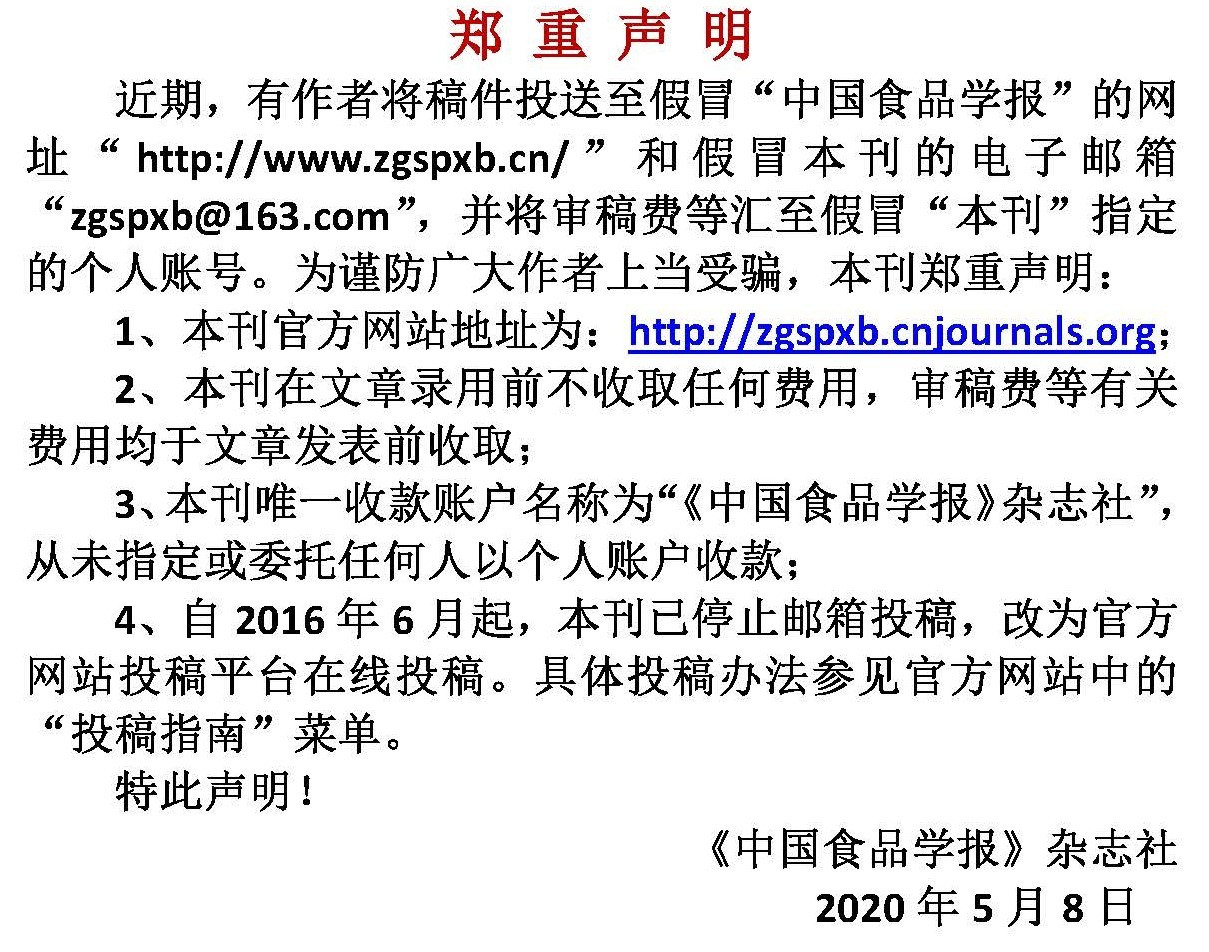自然发酵对“赤霞珠”葡萄酒香气物质及理化性质的影响
作者:
作者单位:
(1.宁夏大学葡萄酒与园艺学院 银川 750021;2.宁夏大学生命科学学院 银川 750021;3.宁夏医科大学医学科学技术研究中心 银川 750004;4.宁夏大学葡萄与葡萄酒教育部工程研究中心 银川 750021)
作者简介:
通讯作者:
中图分类号:
基金项目:
国家自然科学基金项目(U21A20269)
Effects of Natural Fermentation of Cabernet Sauvignon Wine on Aroma Component and Physicochemical Properties
Author:
Affiliation:
(1.College of Enology and Horticulture, Ningxia University, Yinchuan 750021;2.School of Life Sciences, Ningxia University, Yinchuan 750021;3.Research Center of Medical Science and Technology, Ningxia Medical University, Yinchuan 750004;4.Ningxia Grape and Wine Engineering Technology Center, Ningxia University, Yinchuan 750021)
Fund Project:
引用本文
王征,杨慧,张众,孙文静,朱袁正鸿,张军翔.自然发酵对“赤霞珠”葡萄酒香气物质及理化性质的影响[J].中国食品学报,2024,24(12):372-386
复制分享
文章指标
- 点击次数:
- 下载次数:
- HTML阅读次数:
历史
- 收稿日期:2023-12-22
- 最后修改日期:
- 录用日期:
- 在线发布日期: 2025-01-23
- 出版日期:
文章二维码

版权所有 :《中国食品学报》杂志社 京ICP备09084417号-4
地址 :北京市海淀区阜成路北三街8号9层 邮政编码 :100048
电话 :010-65223596 65265375 电子邮箱 :chinaspxb@vip.163.com
技术支持:北京勤云科技发展有限公司
地址 :北京市海淀区阜成路北三街8号9层 邮政编码 :100048
电话 :010-65223596 65265375 电子邮箱 :chinaspxb@vip.163.com
技术支持:北京勤云科技发展有限公司
